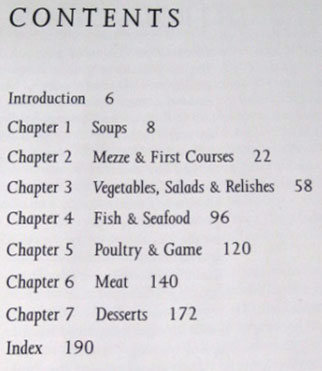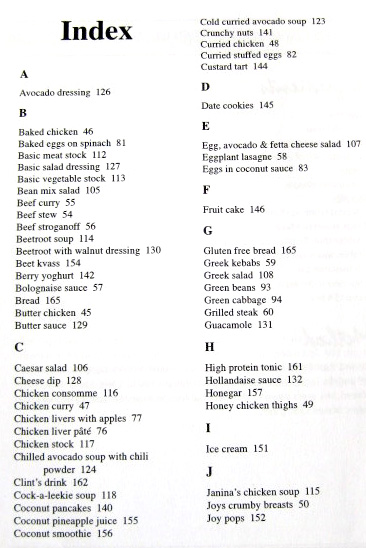- -Able to perform basic research skills to find information.
-
Research Information
Click on the Play button to start the introduction video.
-
Show Me!
Show Me!
Research is the process of finding information.
The researcher needs to understand where information can be found and how to get that information.
All workers need to be able to find workplace and industry information. To locate information workers can use:
- books.
- the Internet.
- industry magazines.
- trade shows.
- tourist brochures.
Show Me!
Books are methods of locating specific information. You will look for non-fiction books, meaning that they contain facts, not stories. Non-fiction books have a contents page that lists the chapters and page numbers of the chapters. Chapters can help you locate the required information quickly.
For example, a cookbook may have:
- an introduction.
- chapters of recipes sorted into categories such as:
- Soups.
- Mezze & First Courses
- Vegetables, Salads and Relishes.
- Fish and Seafood.
- Poultry.
- Meats.
- Desserts.
- an index.
An index will list the recipes in alphabetical order.
Industry magazines:
- are printed material like books.
- contain more up-to-date information.
- contain advertising related to the industry, such as a new food product.
Trade events and expos:
- bring together experts in the industry.
- are very valuable for information exchange.
- show new products and destinations.
- give information about the job market.
Internet Research
Search engines are used to locate information on the Internet.
You need to enter keywords to find websites that may have the information you need.
For example: You work in a restaurant and want to find information relating to your work conditions. You could enter the words restaurant, awards into the search engine. Many options will appear; you need to decide which website may have the information you need.
Remember: dot au (.au) at the end of a web address means Australia.
Tourist Information Brochures
- informs visitors about local attractions.
- advertisement for prospective travellers to visit the region.
- covers accommodation, maps, guides, attractions, shopping.
- sometimes offered as an Internet download for visitors to print.
- available at hotels and Visitor Information Centres.
-
Say It
There are 2 parts in this section.
1. The GlossaryThe glossary lists the more difficult words related to the topic in alphabetical order. The glossary also gives the meaning for each word.
2. Look, Cover, Write, Check!This activity gives you practice at remembering and writing the words from the glossary.
The Glossary
-
Do It
 Jump to Activities
Jump to Activities
Do It: Researching With Books

Books are used to locate specific information.
Industry magazines contain up-to-date information and advertising related to an industry.
Most books have a contents page that lists the chapters and page numbers of the chapters.
This cookbook has:
- An introduction - page 6
- Seven chapters of recipes
- An index - page 190Do It: Researching on the Internet
Search engines are used to locate information on the Internet. You need to enter key words to find websites that may have the information you need.
For example: You work in a restaurant and want to find information relating to your work conditions. You could enter the words "restaurant awards" into the search engine. Many options will appear; you need to decide which website may have the information you need.
It is important that you remember that "au" at the end of a web address means Australia.
Do It: Tourist Information Brochures

Check It
Research Information
- Introduction
- Show Me
- Say It
- Do It
- Check It


